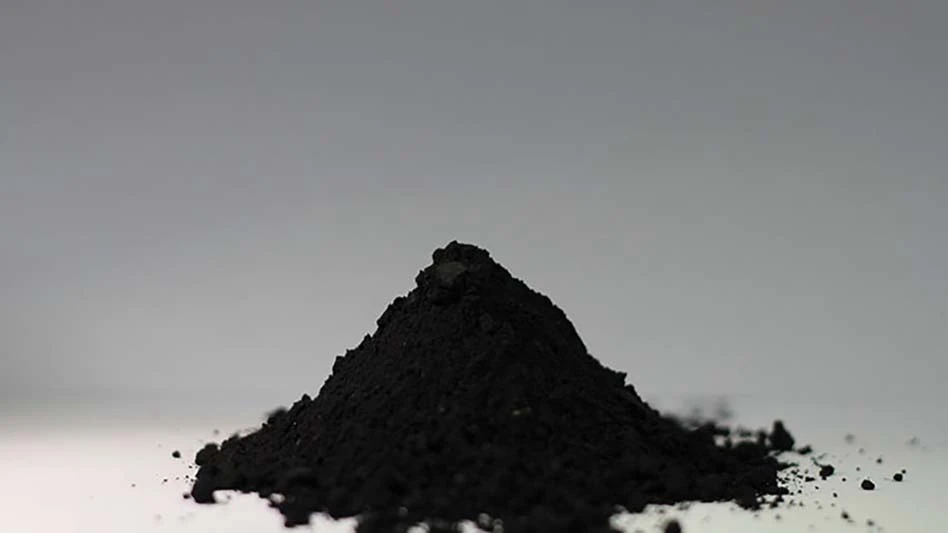
Bad Marienberg, Germany-based equipment maker Vecoplan AG has been working with Germany-based recycling firm Tönsmeier and WWF Deutschland (World Wide Fund for Nature in Germany) to process and recycle abandoned plastic fishing nets being salvaged from the Baltic Sea. The role of Vecoplan in the recycling of the polypropylene and polyamide “ghost” has been “to create an optimum process for transporting, processing and recycling the salvaged material,” according to the firm.
Tönsmeier sought the support of Vecoplan for processing of the polypropylene (PP) and polyamide (PA6) nets, according to Vecoplan Project Manager Ulf Kramer. “Our task was to find options for the material recycling of salvaged nets in our own technology center,” he comments.
Working near a port town on the Baltic Sea, the project partners salvaged some 450 kilograms (990 pounds) of material from the seabed and transported it to a Tönsmeier facility in big bags. Among the materials caught in the ghost nets, according to Vecoplan, were 14 kilos (31 pounds) of scrap metal such as anchors, chains and pipes; 37 kilos (81 pounds) of stones and boulders; 21 kilos (46 pounds) of mussels; 4 kilos (nearly 9 pounds) of textiles and shoes; and 20 kilos (44 pounds) of wood. The remaining material was manually sorted into coarse nets, fine gill nets and fixed ropes.
These three groups were subjected to various tests to find out which processing and procedural steps were feasible and effective, according to Vecoplan. “The groups were shredded with no problems,” says Kramer, with Vecoplan using its VAZ 1600 M XL single-shaft shredder in this first step. “We equipped the VAZ like this because we had already run tests in the technology center using old, discarded nets – and we were also able to draw on our own experience,” adds Kramer.
The shredded net material, still soiled, was magnetically separated and collected in big bags, and in the next step further sorted uses a sink/float process. “Since sand, mud and the small lead weights worked into the nets fall to the bottom, the PP and PA6 can be skimmed off the water surface and conveyed separately to the washing process after a second water bath,” says Falk Schneider, a University of Bath, United Kingdom, doctoral candidate, who is providing scientific support for the project on behalf of WWF.
The shredded material, separated by density, was then poured from the big bags into the funnel on the feed screw of the washing system as the process of cleaning began. The material was fiber-separated during this washing process/ “Following tests, successful washing results were visually observed, and the purity values are now being analyzed in detail by various universities in their laboratories.”
The recycling and material reclaiming of the plastic fibers in the process are still being tested, says Schneider. “In my doctoral thesis, which is based on these experiments, the process is described from the point of view of economics and ecology, we now know that it is possible to recycle ghost nets – but the question is, how economically viable is it?” Schneider’s aim is to make detailed answers to the question available soon.
Latest from Recycling Today
- Reworld partners with Mystic Aquarium
- BIR calls for fair standards, circular solutions in defining ‘green steel’
- LME reports active Q2
- Liberty Steel assets facing financing deadlines
- Sims is part of Australian recycling loop
- Tariffs target steel exporters Brazil, Canada and South Korea
- Buy Scrap Software to showcase its software at Scrap Expo in September
- LG details recycling activities






